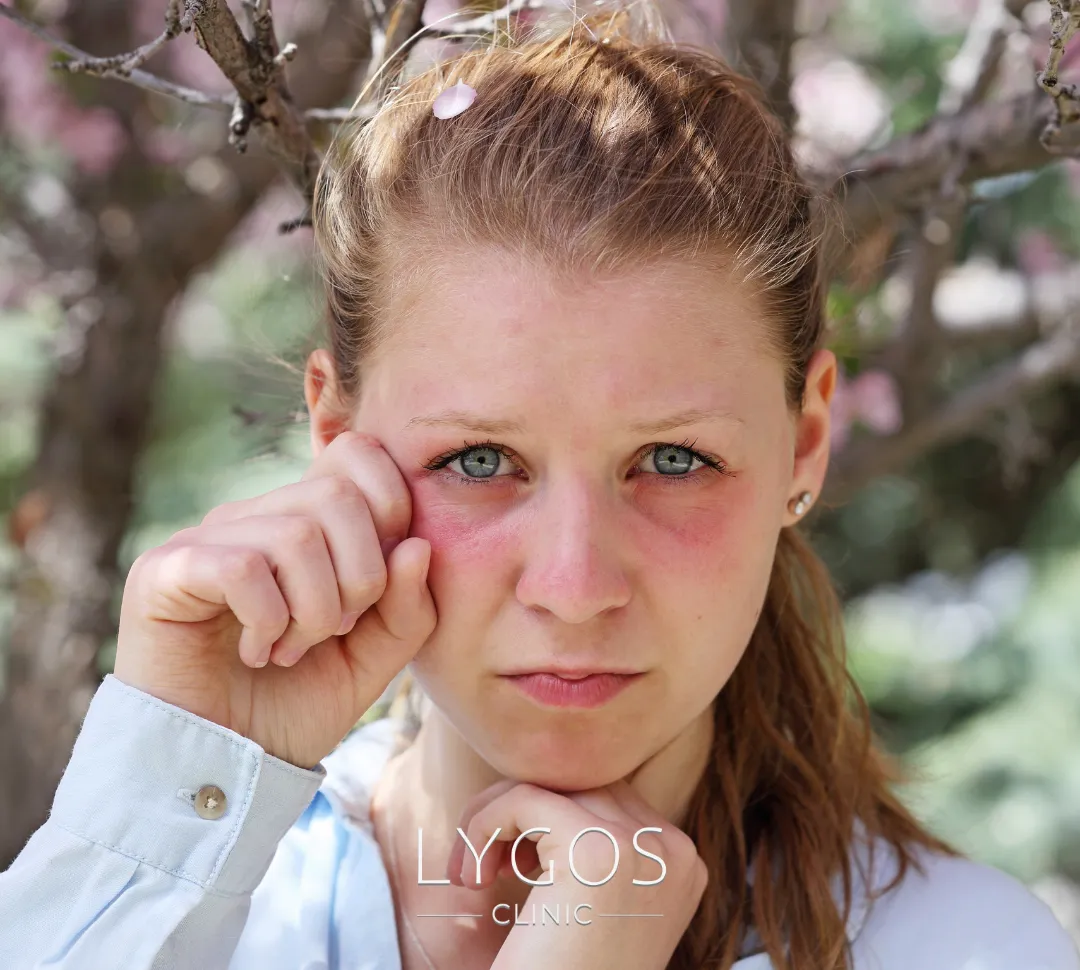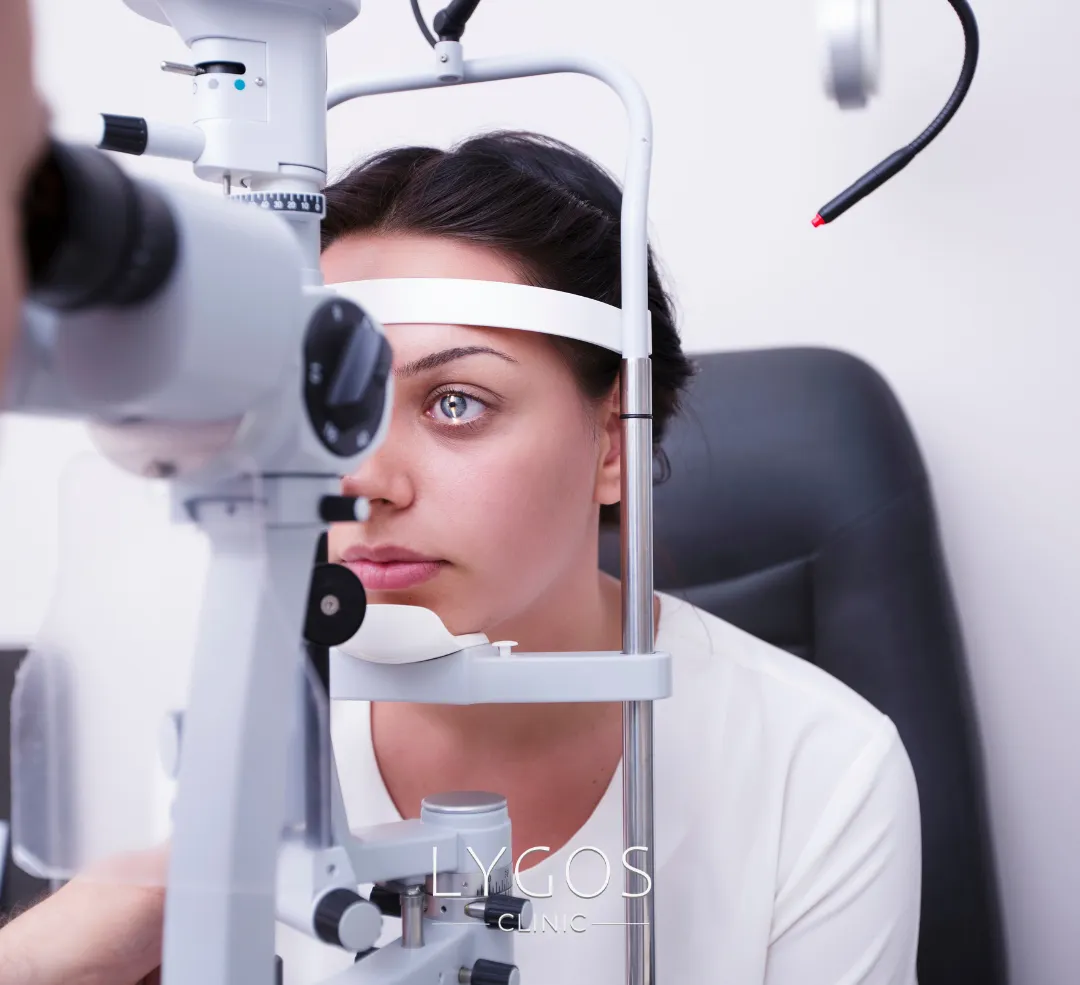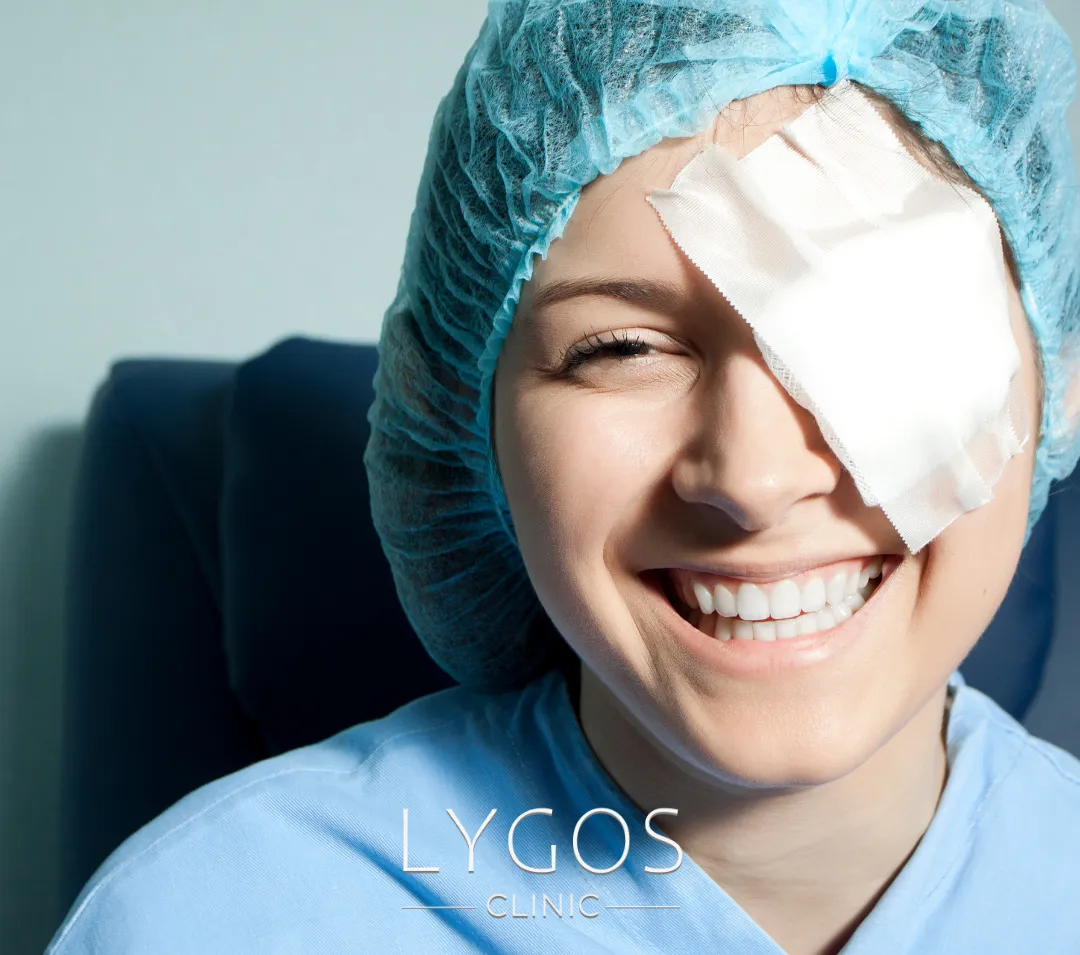What is Macular Degeneration (Yellow Spot)?
Macular degeneration, or yellow spot disease, affects central (central) vision, while lateral (peripheral) vision usually remains intact. For example, a person with this disease can see that there is a clock on the wall, but cannot distinguish what time it is. Macular degeneration does not lead to complete blindness. Patients can do basic tasks at home, but have difficulty doing activities such as walking alone outside, reading, writing, watching television or driving a car. Macular degeneration is a progressive disease and occurs in two main forms: dry (non-exudative) and wet (exudative). Although about 80% of diagnosed cases are classified as dry yellow spot disease, wet yellow spot disease causes 80% of the severe vision loss associated with this disease. Therefore, wet macular degeneration can have more serious consequences for eye health. Early detection and appropriate treatment can slow the progression of the disease and help maintain quality of life.
Get Free Consultation
Chose Your Topic
What are the Symptoms of Yellow Spot Disease?
- Visual distortions, such as straight lines appearing curved or wavy.
- Central vision loss in one or both eyes.
- Need for more light during reading or detailed work.
- Difficulty entering dimly lit environments; especially in places with little light, the eyes have difficulty adapting to the environment.
- Increased blurriness when reading printed texts.
- Decreased brightness and intensity of colors.
- Difficulty recognizing faces.
If you notice any of these symptoms, it is important to consult an ophthalmologist immediately.
If you are experiencing changes in central vision, or if you cannot see fine details and colors as clearly as you used to, you should seek help from a specialist to protect your eye health. Early detection and treatment can slow vision loss and help you maintain your quality of life.

Who Has Yellow Spot Disease?
Yellow spot disease is a condition that is observed with advancing age. Over time, as we age, our eyesight weakens, as do many functions of our body. The macula, the yellow spot, which is the hardest working part of the eye, loses its performance with the aging process. This condition is more common in individuals aged 60 and over.
Factors such as genetic predisposition, prolonged exposure to sunlight and smoking are among the factors that increase the risk of yellow spot disease. This disease, which occurs as a natural consequence of aging, can negatively affect quality of life. It can also cause vision loss. However, it is possible to reduce these risks with early diagnosis and correct precautions.
What are the Risks of Macular Degeneration?
Age: Yellow spot disease becomes more common with increasing age. Individuals aged 50 and over are particularly susceptible to this disease.
Genetic Factors: Yellow spot disease is thought to have a hereditary aspect. Individuals with a family history of this disease are at risk.
Race: It has been found that this disease is more common in Caucasians.
Smoking: Smoking or passive smoking is an important factor that increases the risk of yellow spot disease.
Obesity: It has been supported by research that obesity plays a role in the faster progression of yellow spot disease seen in the early stages.
Cardiovascular Diseases: Individuals with cardiovascular diseases are more likely to develop yellow spot disease.
Individuals who experience severe vision loss due to advanced yellow spot disease may face the risk of depression and social isolation over time. Some patients may develop visual hallucinations known as Charles Bonnet syndrome. These hallucinations are not caused by a psychological disorder. Patients may experience a variety of visual hallucinations, such as bursts of light, geometric shapes, patterns, faces, people, animals, landscapes, vehicles, buildings and even miniature figures. These images occur while the patient is conscious, outside of their control, and these hallucinations overlaying blurred vision are usually recognizable.
These conditions can negatively affect patients’ quality of life. Therefore, regular eye examinations and measures to address risk factors are of great importance.
How Long Does Yellow Spot Disease Progress?
Yellow Spot Disease Treatment
Although there is currently no definitive cure for yellow spot disease, various treatment modalities are available to slow the progression of the disease and improve quality of life. These treatment methods differ depending on the subtype of the disease. Treatment of dry macular degeneration aims to rehabilitate the vision of patients with low vision.
Eye health specialists may recommend surgical treatment if necessary. Within the scope of this treatment, the visual field of patients can be improved with telescopic lenses implanted into the eye. In wet macular degeneration, treatment focuses on eliminating the abnormal blood vessels that play a role in the development of the disease. To this end, drugs are injected into the eye to prevent abnormal blood vessel growth.
Alternatively, photodynamic therapy can be used, which involves the deposition of an intravascular substance followed by a special laser to close the blood vessels. The destruction of abnormal vessels using high-energy laser beams (photocoagulation) is also an effective treatment. These treatment approaches have been developed to slow the progression of the disease and improve patients' quality of life. Since each patient's condition is different, the treatment plan is individualized and the most appropriate methods are selected.
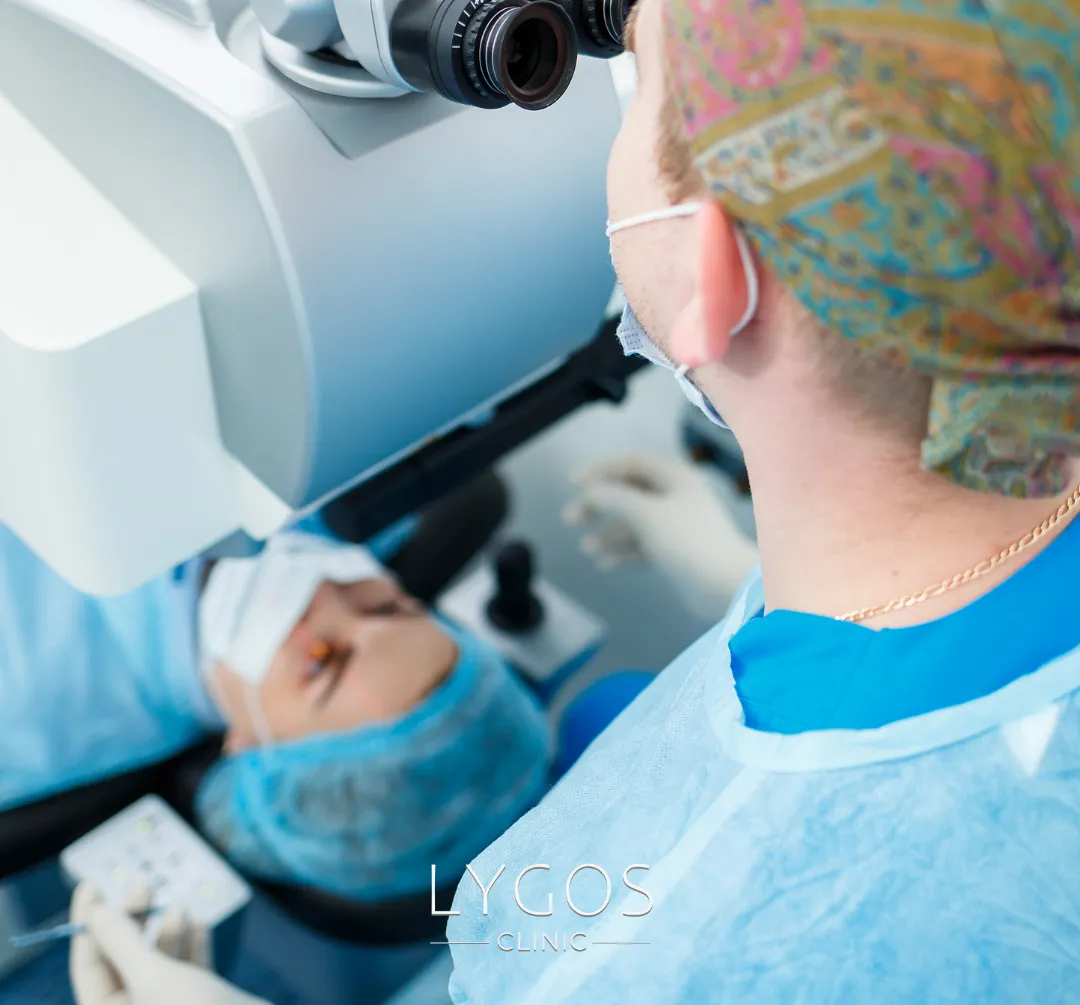
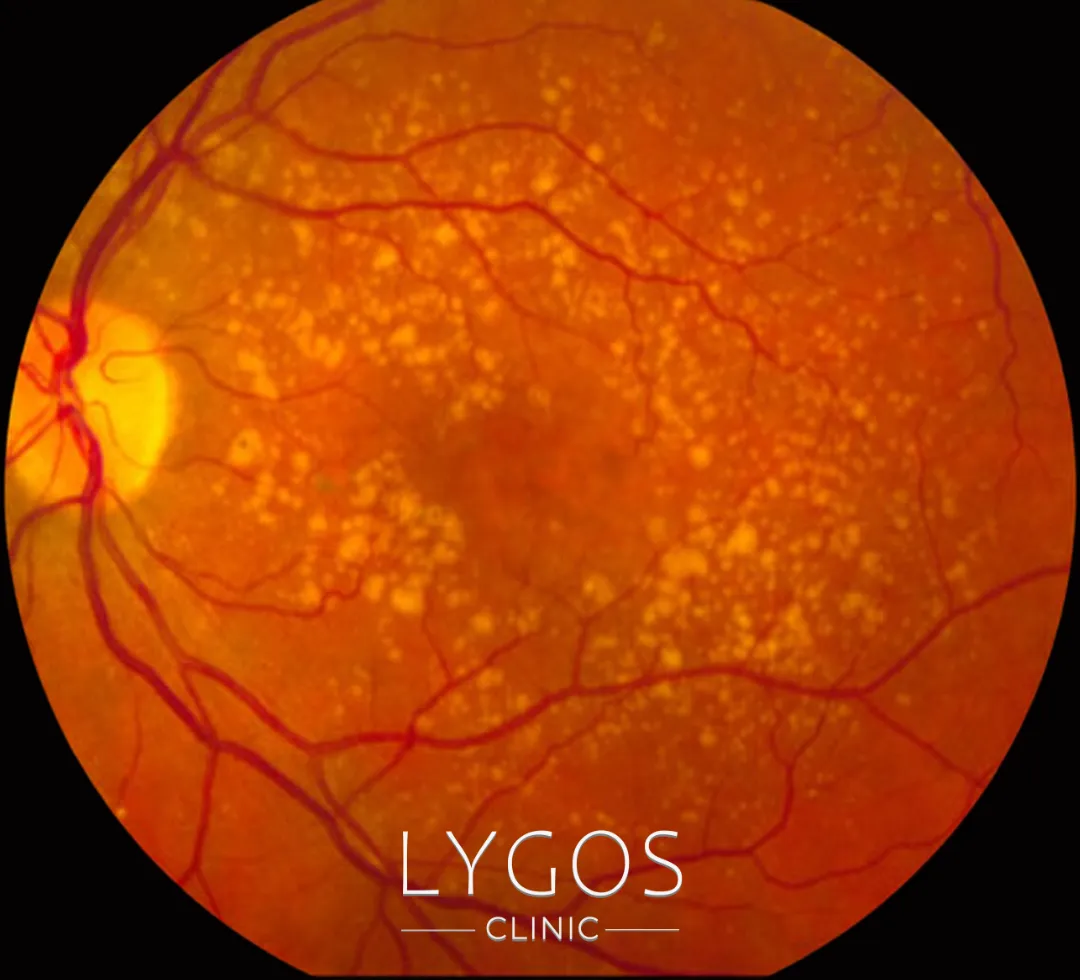
Types of Age-Related Macular Degeneration
Yellow spot disease occurs in two different forms: dry type and wet type. The dry type is the most common form of yellow spot disease and is characterized by relatively slow progression. This form can often last for more than 10 years, from the onset of the disease until it reaches an advanced stage that severely affects vision.
In the dry type, metabolic debris builds up under the yellow spot, causing deposits called “drusen”, which are small foci of white-yellow color. Over time, the buildup of these deposits causes damage to nerve cells and vision declines. Wet yellow spot disease progresses more rapidly and can cause sudden vision loss. In this form, patients may experience painless but severe vision loss.
The wet type is associated with abnormal vessels that grow uncontrollably as a result of insufficient nourishment of the yellow spot area. These vessels leak and bleed, leading to vision loss. Although both types have different rates of progression and outcomes, early detection and appropriate treatment are important in slowing disease progression and maintaining quality of life.
People with Age-Related Yellow Dot Treatment
Yellow Spot Disease Needle Cost
Frequently Asked Questions About Macular Degeneration
Zinc, lutein, zeaxanthin, zeaxanthin, selenium and vitamins such as omega 3, A, C, and E may be recommended for yellow spot. But remember that your doctor will make the best decision.
BLOG
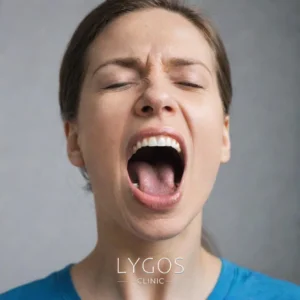
Is Breathing Through the Mouth Harmful?
Chose Your Topic Is Breathing Through the Mouth Harmful? Breathing is one of the most fundamental needs of life. However,

Does Rice Water Make Hair Grow? | Benefits of Rice Water
Chose Your Topic Does Rice Water Make Hair Grow? Natural methods in hair care have become quite popular in recent

Breast Lump | Types: Benign, Malign and Causes | LYGOS 2025
Breast Lump While cancer stands out as one of the most common health problems today, early diagnosis rates are also

